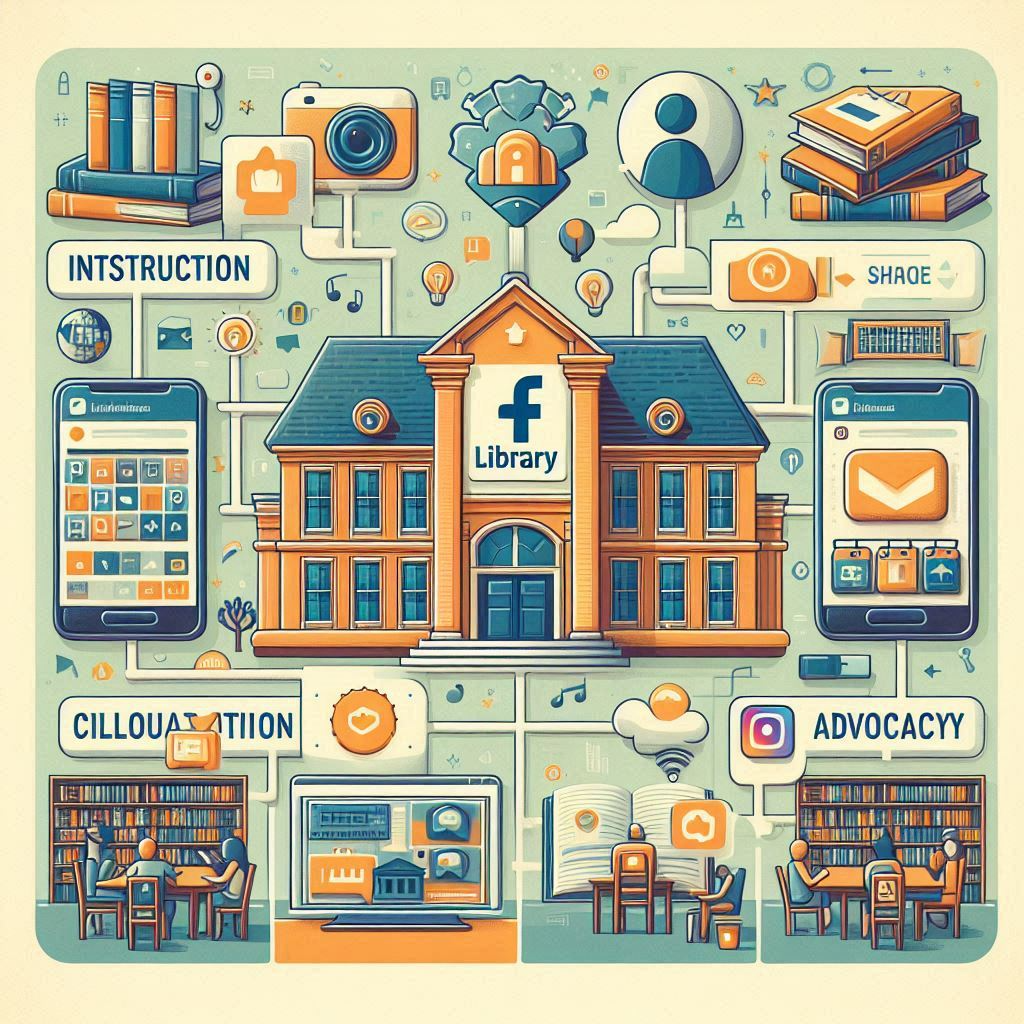Cyberbullying
I have followed Mychal Threets' library stories and enjoy his Instagram posts detailing his library experiences. I feel that his story relating to cyberbullying has helped shed more focus on this topic. Teenagers are experiencing cyberbullying at alarming rates. I found the definition of cyberbullying by the Cyberbullying Research Center (n.d.) interesting since bullying must be repetitive. One time that a person is harassed online does not fall under the cyberbullying umbrella, it must be repeated harassment. Cyberbullying is all-encompassing to the victim and the victim feels that there is not an escape from the harassment. The statistics regarding cyberbullying are especially alarming to me as a parent and an educator. The Cyberbullying Research Center’s study (2023) found that 55% of students have been victims of cyberbullying in their lifetimes and 27% experienced cyberbullying within the last 30 days of the study. My teenage sons have cell phones and my oldest has social media accounts. I place restrictions on their phones, such as time limits for applications, and downtime, and the phones are not allowed in their bedrooms at bedtime. As a parent, I can try to best educate and place restrictions on my children’s social media presence. But, how can I best help educate students about cyberbullying and representing themselves as digital citizens?
As a librarian, I feel that it is important to collaborate with the school’s guidance counselors regarding digital citizenship and cyberbullying. This is a first step in addressing digital citizenship at the school and observing programs that are currently in place. In the elementary school librarian role, I would highlight stories that detail experiences of cyberbullying and then have students role-play scenarios. In addition, students could also write about how they would address harassment online (stopbullying.gov, n.d.). All of these conversations would open up further conversations for assisting students with resources and making them feel comfortable with telling a professional about instances of cyberbullying. In my current role, as a kindergarten assistant, we discuss daily social-emotional learning skills like words that can help build others or words that take away. Digital citizenship plays into this same concept. We are trying to teach students to be kind and respectful in person and also behind the screen of technology. Digital citizenship is an ongoing, daily conversation with our students.
References
stopbullying.gov (n.d.). Prevention at school. https://www.stopbullying.gov/prevention/at-school
The Cyberbullying Research Center (n.d.). What is cyberbullying? https://cyberbullying.org/what-is-cyberbullying
The Cyberbullying Research Center (2023, October 4). 2023 cyberbullying data. https://cyberbullying.org/2023-cyberbullying-data
I have followed Mychal Threets' library stories and enjoy his Instagram posts detailing his library experiences. I feel that his story relating to cyberbullying has helped shed more focus on this topic. Teenagers are experiencing cyberbullying at alarming rates. I found the definition of cyberbullying by the Cyberbullying Research Center (n.d.) interesting since bullying must be repetitive. One time that a person is harassed online does not fall under the cyberbullying umbrella, it must be repeated harassment. Cyberbullying is all-encompassing to the victim and the victim feels that there is not an escape from the harassment. The statistics regarding cyberbullying are especially alarming to me as a parent and an educator. The Cyberbullying Research Center’s study (2023) found that 55% of students have been victims of cyberbullying in their lifetimes and 27% experienced cyberbullying within the last 30 days of the study. My teenage sons have cell phones and my oldest has social media accounts. I place restrictions on their phones, such as time limits for applications, and downtime, and the phones are not allowed in their bedrooms at bedtime. As a parent, I can try to best educate and place restrictions on my children’s social media presence. But, how can I best help educate students about cyberbullying and representing themselves as digital citizens?
As a librarian, I feel that it is important to collaborate with the school’s guidance counselors regarding digital citizenship and cyberbullying. This is a first step in addressing digital citizenship at the school and observing programs that are currently in place. In the elementary school librarian role, I would highlight stories that detail experiences of cyberbullying and then have students role-play scenarios. In addition, students could also write about how they would address harassment online (stopbullying.gov, n.d.). All of these conversations would open up further conversations for assisting students with resources and making them feel comfortable with telling a professional about instances of cyberbullying. In my current role, as a kindergarten assistant, we discuss daily social-emotional learning skills like words that can help build others or words that take away. Digital citizenship plays into this same concept. We are trying to teach students to be kind and respectful in person and also behind the screen of technology. Digital citizenship is an ongoing, daily conversation with our students.
References
stopbullying.gov (n.d.). Prevention at school. https://www.stopbullying.gov/prevention/at-school
The Cyberbullying Research Center (n.d.). What is cyberbullying? https://cyberbullying.org/what-is-cyberbullying
The Cyberbullying Research Center (2023, October 4). 2023 cyberbullying data. https://cyberbullying.org/2023-cyberbullying-data
.jpeg)
.jpeg)



.jpeg)

